Sodium Hydroxide, 3% CAS: 1310-73-2 | MF: NaOH | MW: 40, Buy now Histological Stains & Dyes for Histology, Cytology, Microbiology, Hematology & Biology Lab from TriStains. All Tristains Products are exclusively distributed by Dawn Scientific Inc (https://dawnscientific.com).
Sodium hydroxide is an inorganic substance composed of sodium ions (Na⁺) and hydroxide ions (OH⁻). When dissolved in water, it forms a highly alkaline solution. A 3% solution signifies that there are 3 grams of sodium hydroxide present in every 100 milliliters of water. This 3% sodium hydroxide solution, commonly referred to as caustic soda solution, is a chemical compound utilized in numerous applications, including staining processes. The 3% sodium hydroxide solution is essential in histological staining and the microscopic examination of biological samples.
TriStains provides a marketplace for histology and biological stains, which is comprehensive enough to encompass the peculiar requirements of laboratories specializing in Histology, Cytology, Microbiology, and Hematology. With a reputation for exceeding quality expectations, TriStains performance is outstanding which allows for resolution of cell and tissue components fundamental to life sciences to be clearly visualized. Each product under TriStains series is validated for accuracy, reliability and consistency. TriStains, which manufactures and markets stains and indicators in various packing, offers laboratories turn key solutions for all their staining and indicator needs, improving accuracy in every experiment.
Application :
- In histology, sodium borate solution is commonly used as a buffer or diluent in various staining protocols, especially those involving basic dyes like hematoxylin.
- It helps in maintaining the pH of the staining solutions, thus optimizing the staining process and enhancing the contrast between cellular structures.
- It is often utilized in nuclear staining techniques, where it acts as a stabilizer for the dye solution and facilitates proper binding of the dye to the nucleus of cells.
- It may also serve as a fixative, helping to preserve the cellular structure and prevent degradation of tissues during the staining process.
Benefits :
- Highly stable and versatile solution
- Cost-effective
- Helps maintain the pH of staining solutions
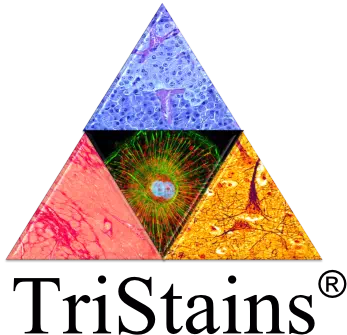
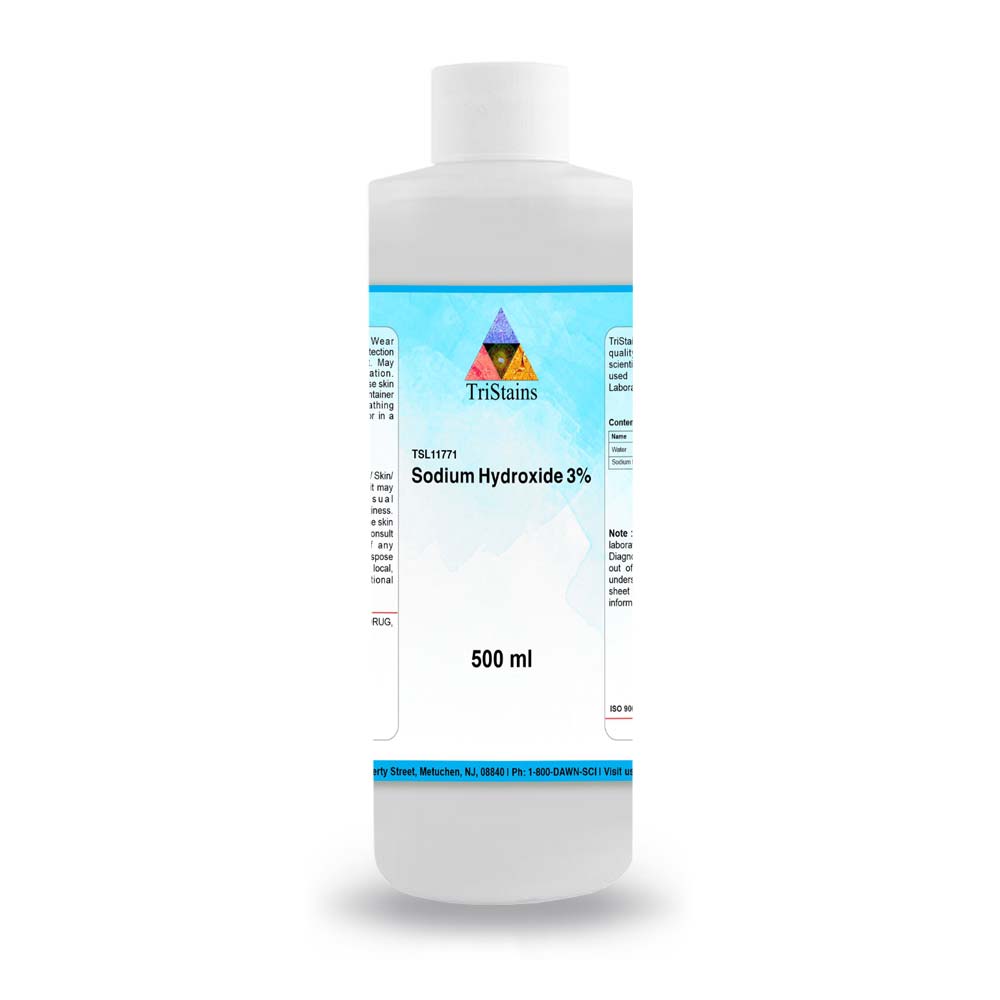

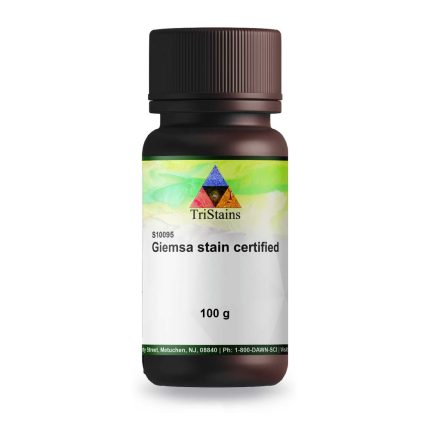
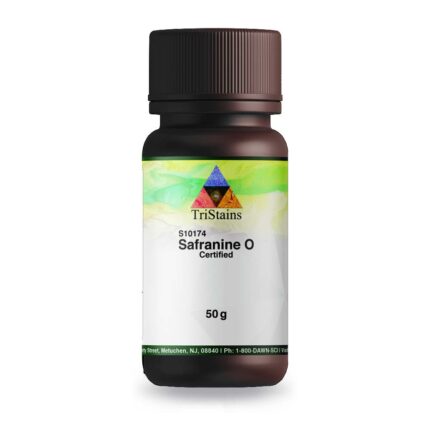
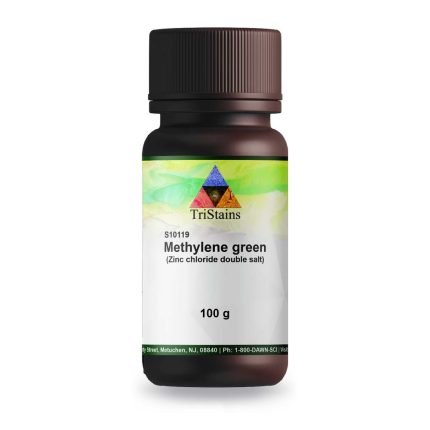
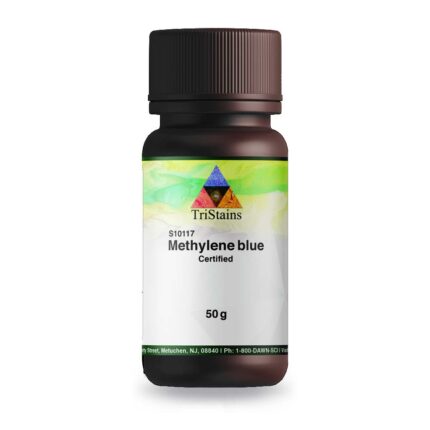
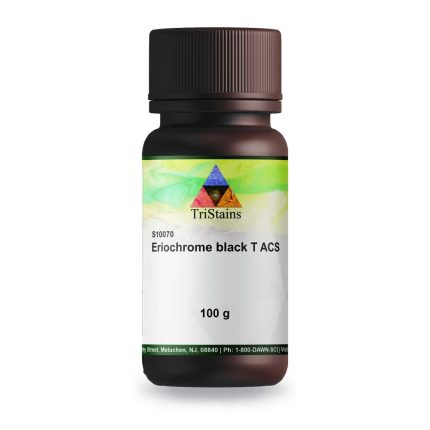





Reviews
There are no reviews yet.